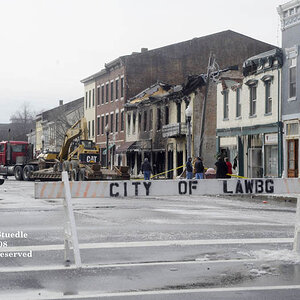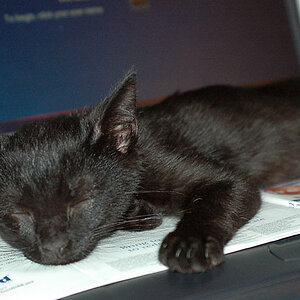keith204
No longer a newbie, moving up!
- Joined
- May 20, 2007
- Messages
- 1,643
- Reaction score
- 2
- Location
- Bolivar, MO
- Can others edit my Photos
- Photos OK to edit
So, I completed Lighting 101 from strobist.blogspot yesterday, and was full of brilliant ideas, ready to conquer the world (or, my small town of 9,000 at least). While building a float, I set up 2 strobes on tripods with my little wireless transmitters and started shooting. (shooting other people working)
2 problems:
Have any of you found yourselves in that situation when first learning new techniques?
2 problems:
- I felt like a total weirdo setting up so much equipment for taking pictures of something so simple
- My pictures sucked
Have any of you found yourselves in that situation when first learning new techniques?





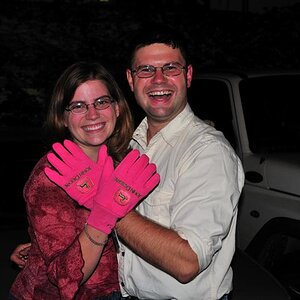



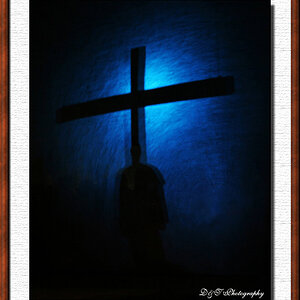
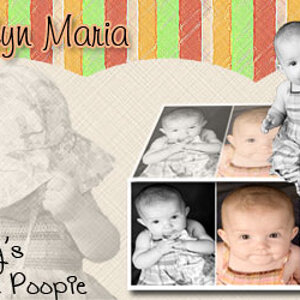
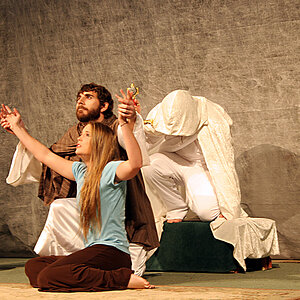
![[No title]](/data/xfmg/thumbnail/31/31049-df2ef80e523fe4368eb8a82e03ad0b90.jpg?1619734587)
